Choosing a Camino de Santiago route can feel like a big decision. With so many paths leading to the famous cathedral in Santiago de Compostela, how do you pick the right one? Two of the most rewarding options are the Camino del Norte and the Camino Primitivo. Both offer stunning scenery and a rich history, but they provide different experiences.
The Camino del Norte, or "Northern Way," guides you along Spain's dramatic Atlantic coastline. The Camino Primitivo, also known as the "Original Way," takes you through the rugged mountains of Asturias. This guide will compare these two incredible walking holidays, helping you decide which path is the perfect fit for your next adventure. We'll look at their history, scenery, difficulty, and unique cultural highlights to make your choice a little easier.

A Tale of Two Caminos
While both routes end in Santiago, their stories begin in different places and times. Understanding their history can help you appreciate the unique character of each trail.
Camino del Norte: The Coastal Pilgrim Path
The Camino del Norte became a popular pilgrimage route in the Middle Ages. As the Camino Frances in the south became more crowded and was sometimes threatened by conflict, pilgrims sought a safer alternative. The Northern Way, tracing the beautiful coastline of the Basque Country, Cantabria, and Asturias, offered a secure and scenic passage. While it's grown in popularity, it remains quieter than the Frances, attracting walkers who want to combine their walk with ocean views and charming fishing villages.
Camino Primitivo: The Original Way
The Camino Primitivo holds a special place in history as the very first pilgrimage route to Santiago. In the 9th century, King Alfonso II of Asturias walked from his capital in Oviedo to confirm the discovery of the tomb of St. James. This journey established the "Original Way." It's a route steeped in history, navigating the wild and ancient landscapes of the Asturian mountains.
Today, it's considered one of the most challenging but also most authentic Camino experiences, attracting pilgrims looking for solitude and a deep connection to the origins of the pilgrimage.

How Do the Routes Compare?
The most significant difference between the two routes lies in their geography and the scenery you'll encounter on your walking trip.
Geographic Differences and Scenery
Camino del Norte: This route is defined by the sea. You'll spend much of your time walking along coastal paths, with expansive views of the Bay of Biscay. The trail dips into lively seaside towns like San Sebastián and Santander, crosses sandy beaches, and winds through green, rolling hills. It’s a journey of salty air, fresh seafood, and the constant sound of the waves.
Camino Primitivo: This is a mountain route through and through. Starting in Oviedo, it climbs into the remote Cantabrian Mountains. Expect dramatic mountain passes, deep valleys, and ancient forests. The scenery is wild, rugged, and often feels untouched by time.
Milestone Attractions
Each route has its own set of must-see sights that add a unique flavour to the journey.
Highlights on the Camino del Norte:
- San Sebastián: A world-renowned culinary capital, perfect for indulging in delicious pintxos.
- Guggenheim Museum, Bilbao: An architectural marvel and a cultural icon.
- Santander: A sophisticated city with beautiful beaches and a royal palace.
- Picturesque Fishing Villages: Towns like Castro Urdiales and Llanes offer authentic coastal charm.
Highlights on the Camino Primitivo:
- Oviedo Cathedral: A stunning example of Gothic architecture and the historical starting point.
- Lugo's Roman Walls: A UNESCO World Heritage Site, these are the best-preserved Roman walls in the world.
- Cantabrian Mountains: The challenging ascents are rewarded with incredible views and a true sense of wilderness.
- Melide: Where the Primitivo joins the bustling Camino Frances, known for its traditional pulperías (octopus restaurants).

A Practical Comparison
Let's break down the practical details to help you prepare for your walking tour.
Distance and Duration
Camino del Norte: The full route is approximately 513 miles (825 km) and takes about 35 days to complete. Macs Adventure offers sections of the route, allowing you to walk it in stages.
Camino Primitivo: The route from Oviedo to Santiago is around 200 miles (321 km), typically taking about two weeks to walk.
Difficulty and Terrain
Camino del Norte: Generally considered moderately challenging. While there are plenty of flat coastal sections, the route involves frequent ups and downs as it moves between beaches and clifftops. The daily distances can be long, but the terrain is less demanding than the Primitivo.
Camino Primitivo: This is one of the toughest Camino routes. It involves several strenuous mountain ascents and descents, often on rocky and uneven paths. The weather can be unpredictable, adding to the challenge. A good level of fitness is essential for this route.

Suitability for Solo and Senior Travellers
Both routes are suitable for solo and senior travellers, but with some considerations. The support of a self-guided trip, including pre-booked accommodations and luggage transfers, makes either journey much more manageable.
Camino del Norte: Its moderate terrain and more frequent towns make it a good option for fit seniors and solo walkers who appreciate having amenities nearby.
Camino Primitivo: The physical demands and remote sections make this route better suited for experienced walkers or very fit seniors. Solo walkers will find camaraderie but should be prepared for more solitary stretches.
What to Expect on Each Hike
Beyond the path itself, the culture, food, and accommodation shape your experience.
Accommodation and Cuisine
Camino del Norte: You'll stay in a wide range of accommodations, from simple pilgrim albergues to comfortable hotels in the larger cities. The cuisine is a major highlight, with an emphasis on fresh seafood, cider from Asturias, and the famous Basque pintxos.
Camino Primitivo: Accommodation is more basic and less frequent, especially in the mountain stages. The food is hearty mountain fare, perfect for refuelling after a long day's walk. Expect stews, local cheeses, and delicious cured meats.

Getting to the Start
Camino del Norte: The traditional starting point is Irún, which is easily accessible via the airport in San Sebastián (EAS) or Bilbao (BIO).
Camino Primitivo: The starting point is Oviedo, which can be reached from Asturias Airport (OVD).
Which Camino Is Right for You?
So, how do you choose? Here’s a simple breakdown:
Choose the Camino del Norte if: You dream of walking with the ocean by your side, enjoy vibrant cities and delicious food, and prefer a moderately challenging walk with plenty of services along the way.
Choose the Camino Primitivo if: You’re an experienced walker seeking a physical challenge, value solitude and history, and want to walk the original path forged by the first pilgrims.
No matter which path you choose, a journey on the Camino is an unforgettable experience. Whether you're drawn to the coastal breezes of the Norte or the rugged peaks of the Primitivo, Macs Adventure is here to help. With our self-guided walking trips, we handle the accommodations and luggage transfers, leaving you free to immerse yourself in the journey.






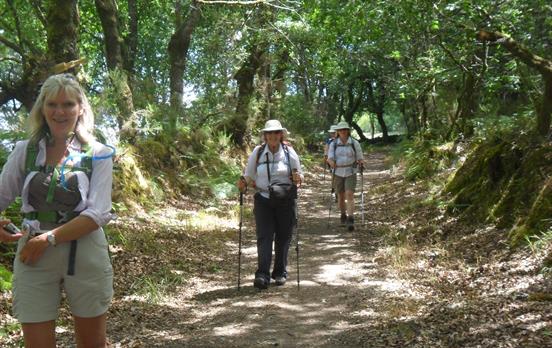
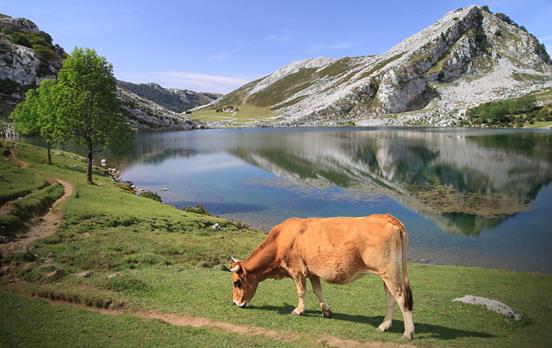
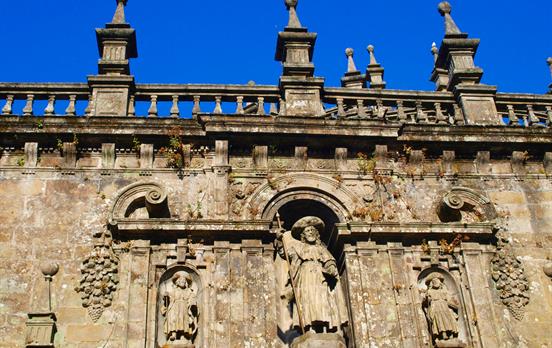
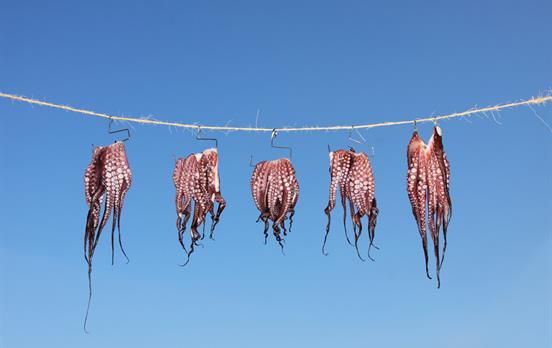
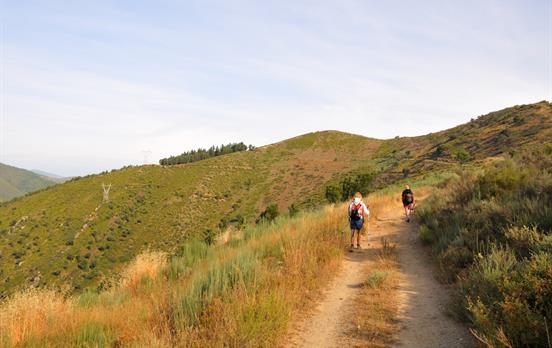
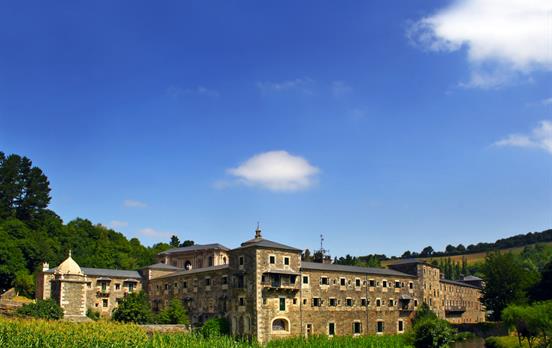
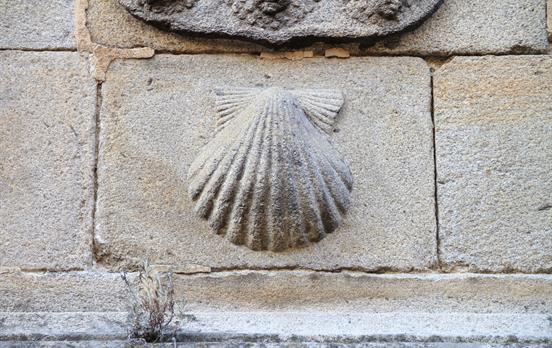

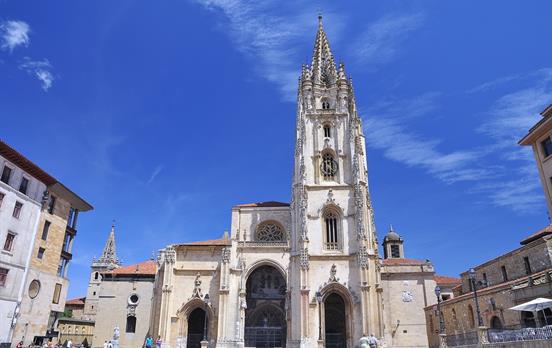
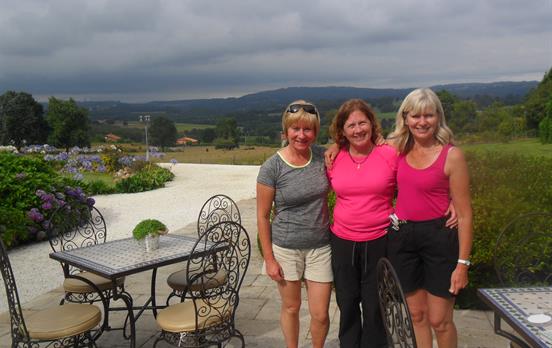
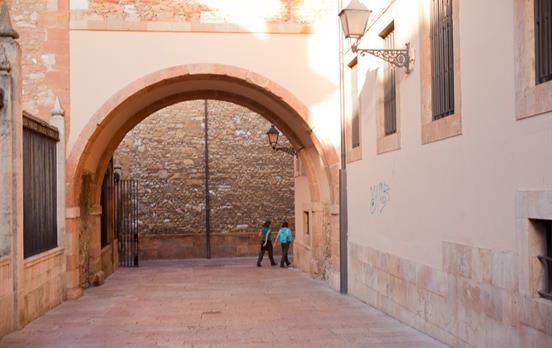




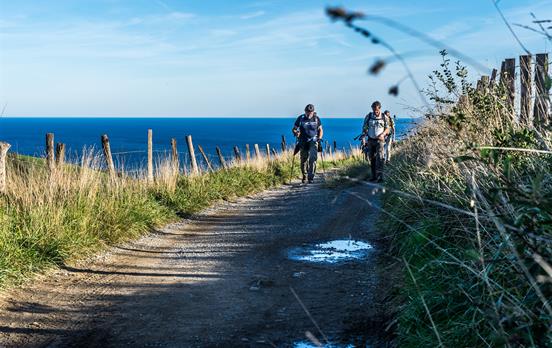
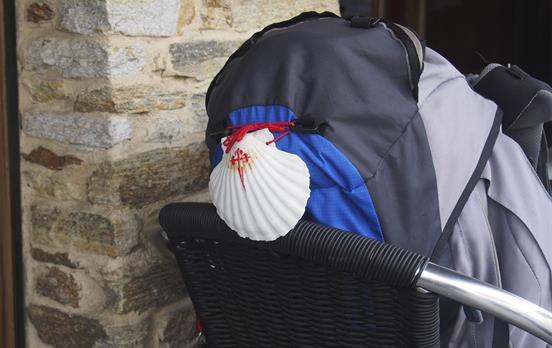

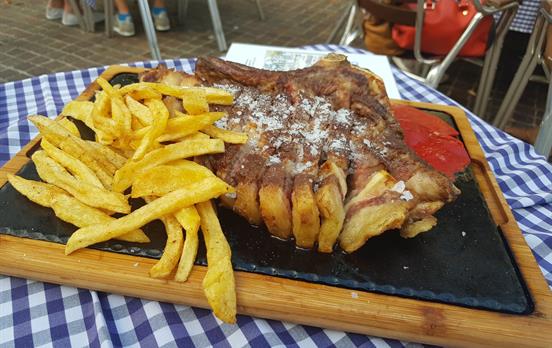
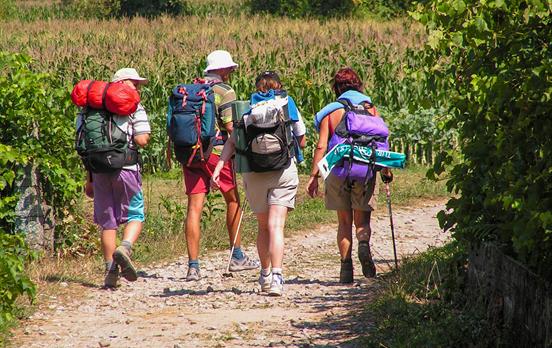
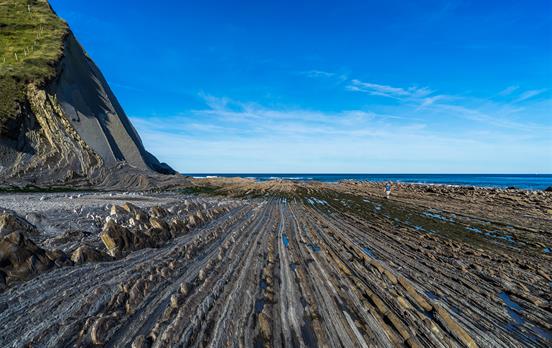
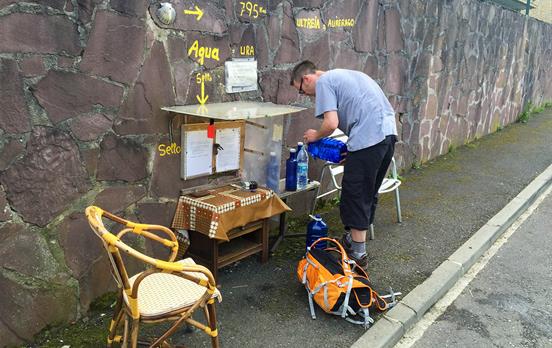
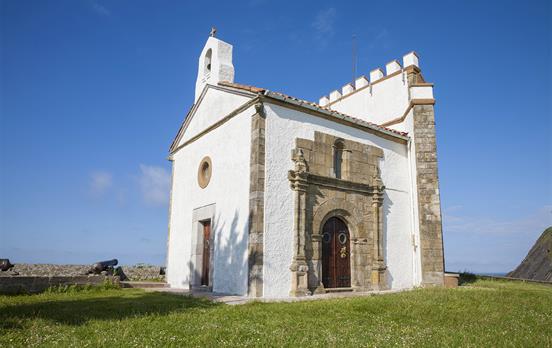
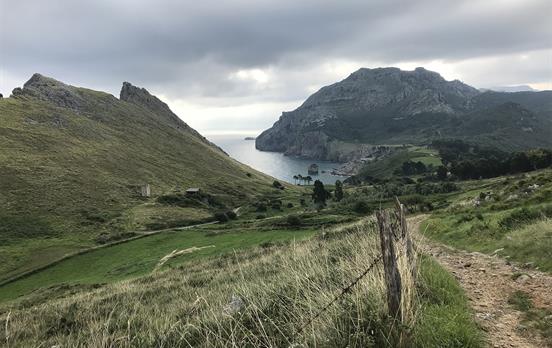
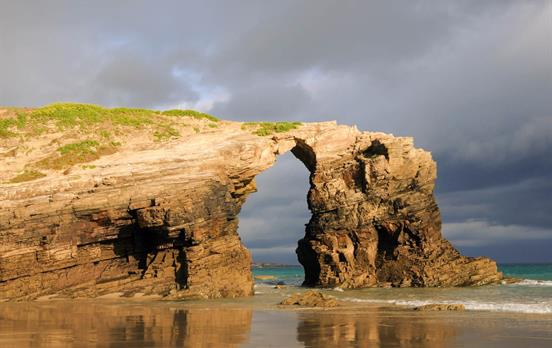

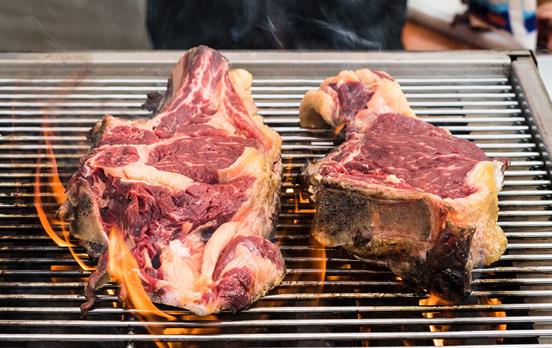
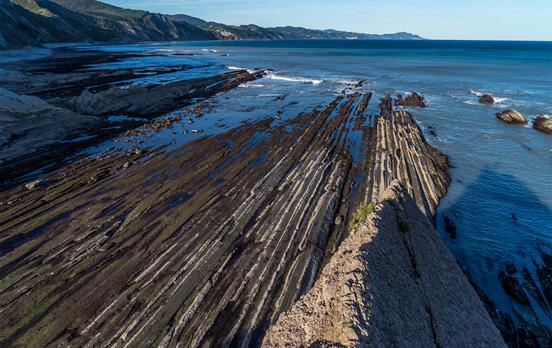
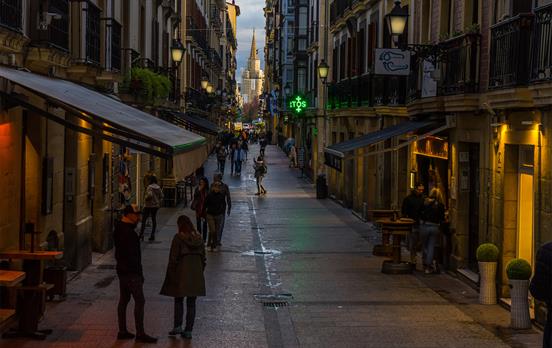
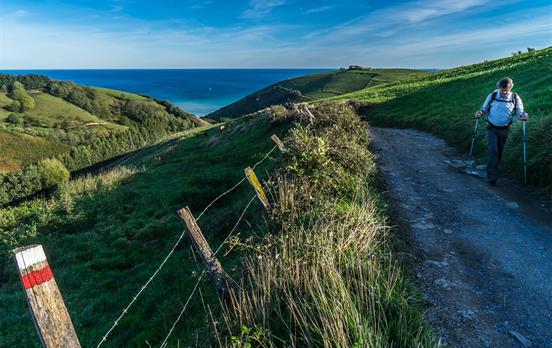
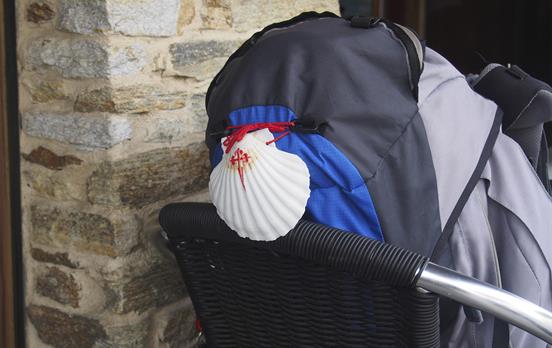
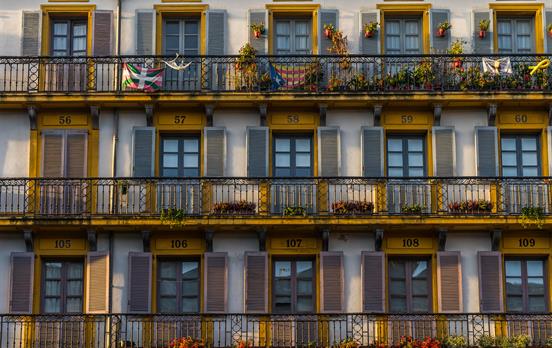
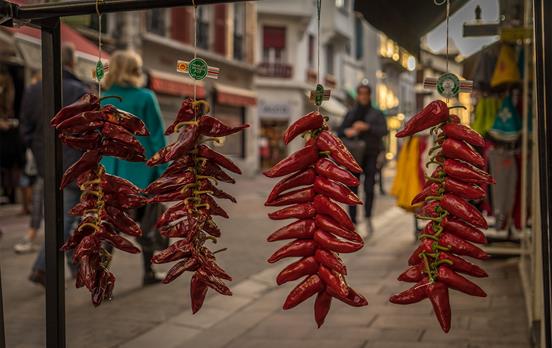
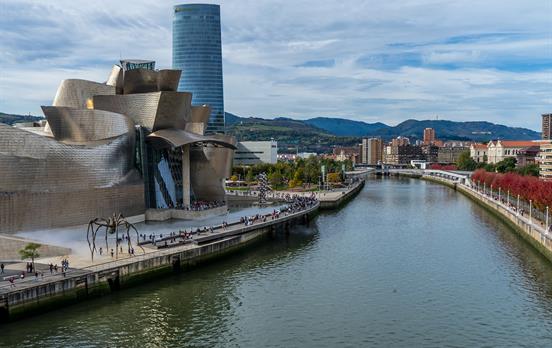

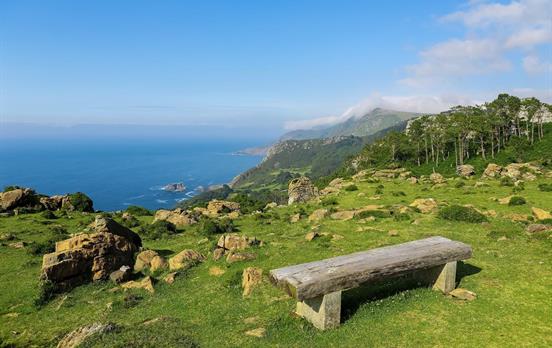
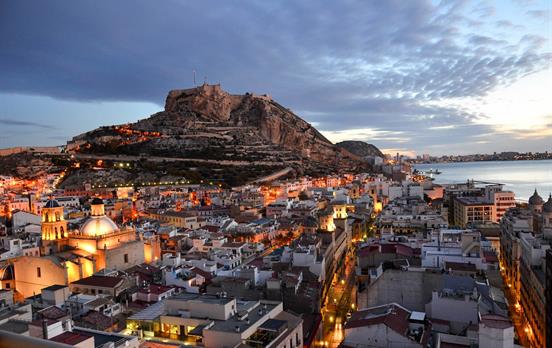
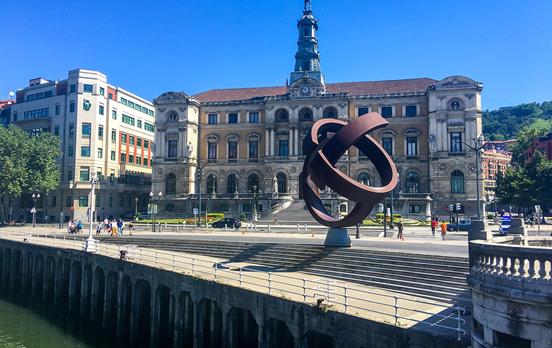

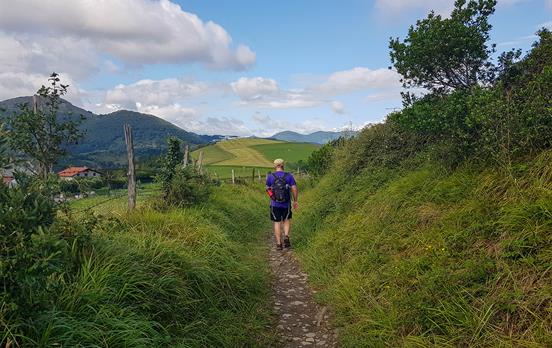
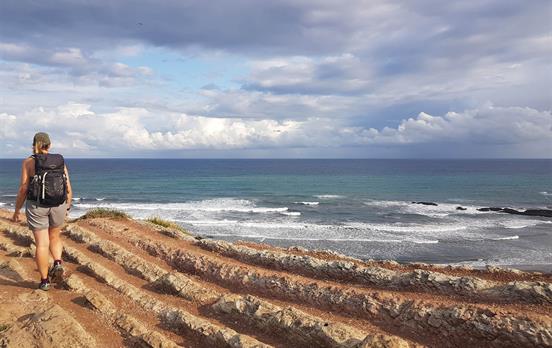
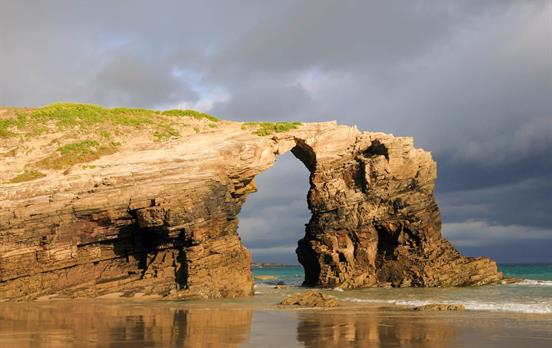

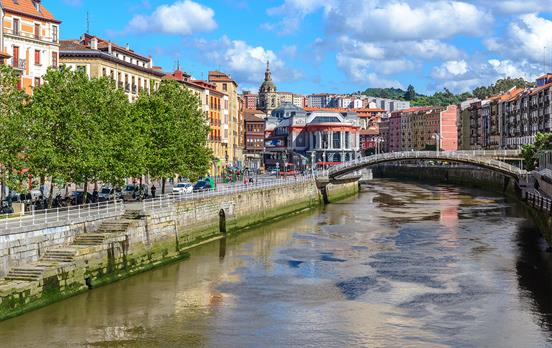
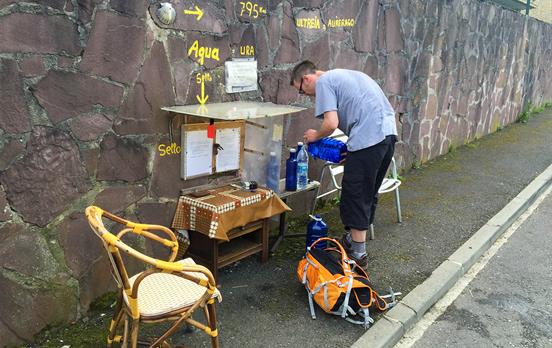
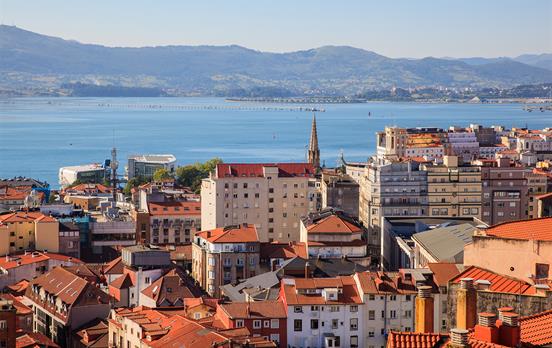
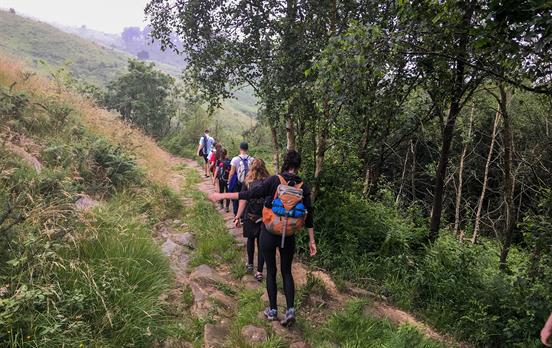
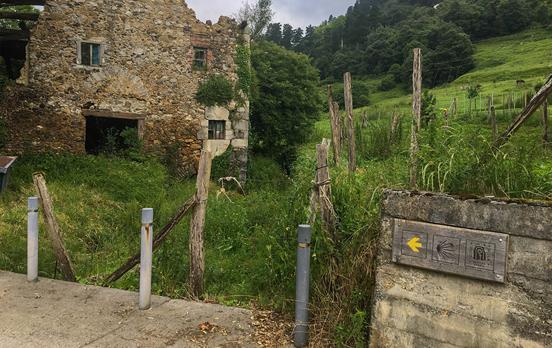
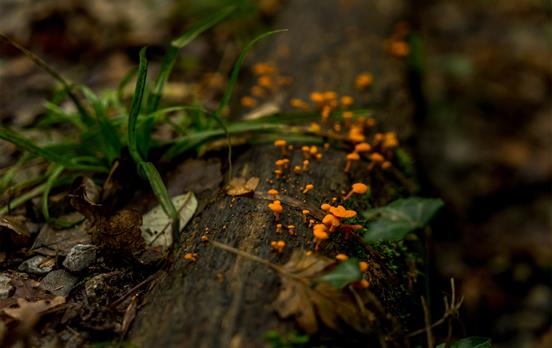



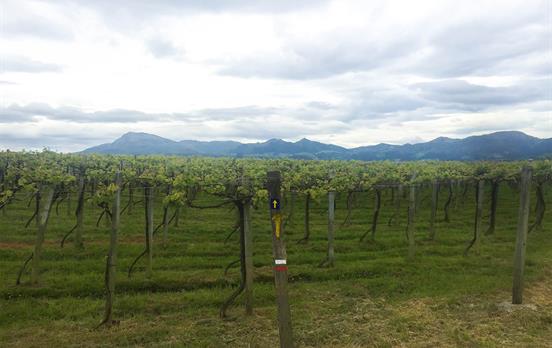
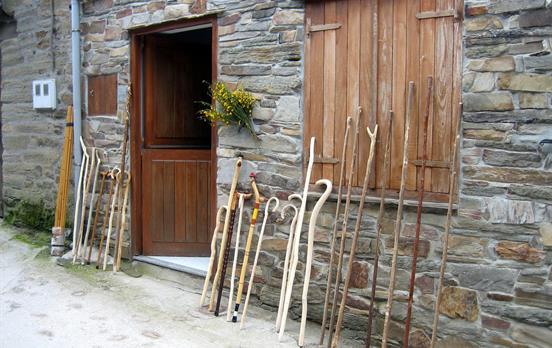
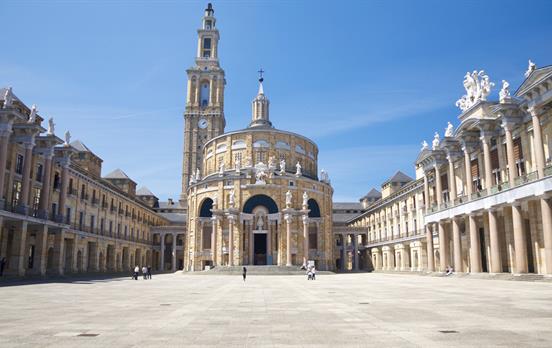
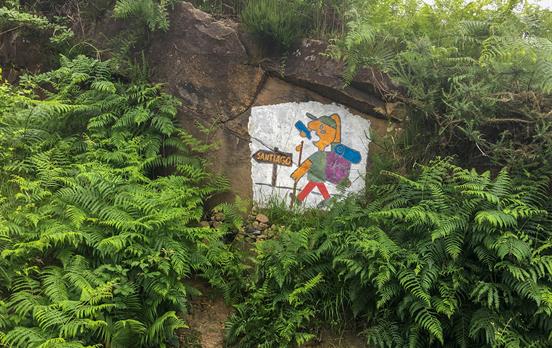
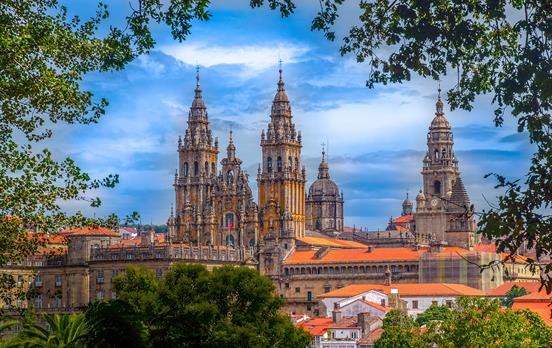
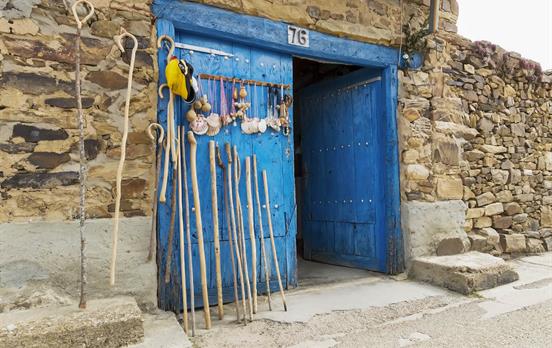





 Australia
Australia New Zealand
New Zealand South Africa
South Africa European Union
European Union